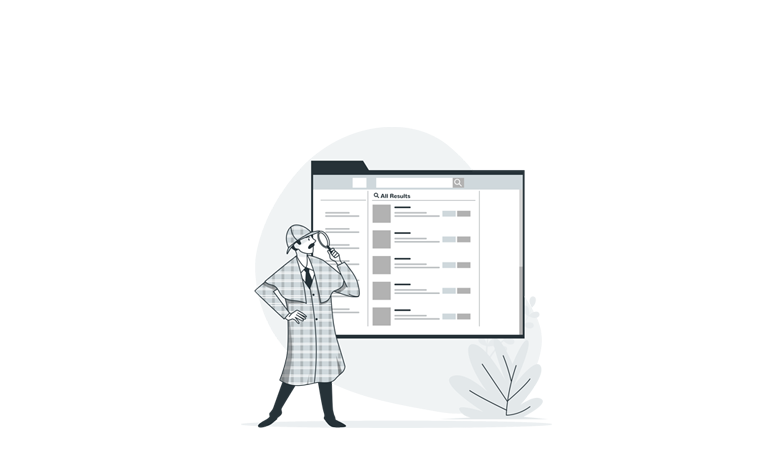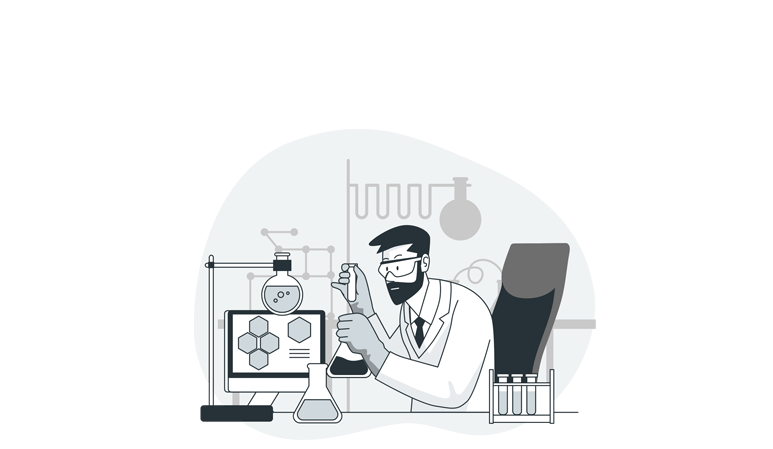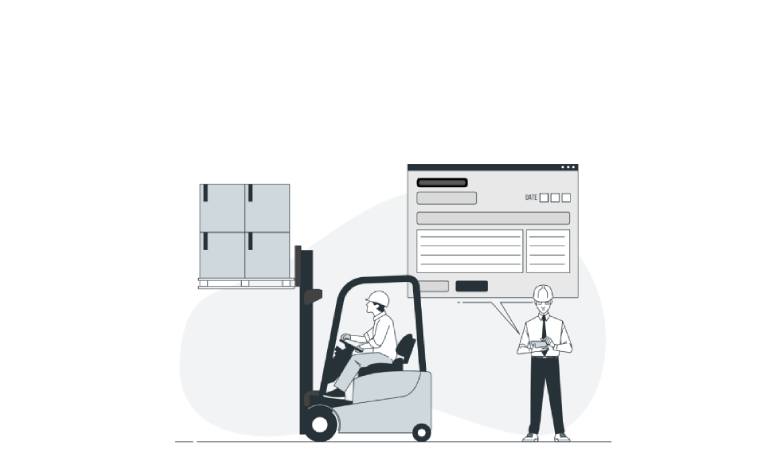
11 Jul 2024
Environmental, Health, and Safety (EHS) management has undergone a seismic shift over the past few decades. What started as a primarily manual, compliance-driven field has evolved into a sophisticated, technology-enabled discipline that prioritizes proactive risk management and continuous improvement. The advent of comprehensive EHS software solutions has been central to this transformation, subtly integrating tools that make workplaces safer and more efficient.
EHS Management: The Past
In the not-so-distant past, EHS management was characterized by manual processes and reactive strategies. Companies largely focused on meeting regulatory requirements, and safety initiatives were often triggered by incidents rather than aimed at prevention. This approach had several limitations:
- Manual Processes: Safety inspections, audits, and incident reporting were labor-intensive and prone to human error.
- Paper-Based Systems: Reliance on paper for documentation made tracking and analyzing data cumbersome.
- Reactive Approach: Safety measures were implemented after incidents occurred, rather than identifying and mitigating risks beforehand.
- Limited Employee Engagement: Employees were rarely involved in safety processes, leading to lower engagement and awareness.
EHS Management: The Present
Today's EHS landscape is vastly different, driven by technological advancements and a shift towards a proactive, data-driven approach. Modern EHS management systems incorporate automation, real-time data analytics, and robust employee engagement strategies. Let’s explore how these elements have subtly transformed EHS management without reading like a sales pitch.
The Subtle Revolution of EHS Software
Automating the Mundane
Consider the tedious task of conducting risk assessments. In the past, this involved lengthy forms and manual calculations. Now, systems like TRACI (Task Risk Assessment, Control, and Implementation) provide standardized templates and automated reporting, making the process not only quicker but also more accurate. (Explore TRACI)
Engaging Employees Without Them Noticing
Employee engagement in EHS has often been a challenge. However, with tools like SELT (Safety Engagement and Learning Tool), engagement is woven seamlessly into daily routines. Interactive training modules and mobile-friendly platforms make safety training a part of regular activities rather than a disruptive event. (Explore SELT)
Turning Data into Action
Data collection is only half the battle; turning that data into actionable insights is where the real value lies. SHEA (Safety, Health, and Environmental Audits) automates compliance checks and provides real-time insights, ensuring that audit findings are immediately addressed and corrective actions are tracked. (Explore SHEA)
Managing Changes Like a Pro
Managing changes in processes, equipment, or operations can be complex. Enter MOCA (Management of Change Automation), which streamlines the entire process from submission to approval, ensuring that risks are assessed and managed effectively without the usual administrative burden. (Explore MoCA)
Reporting and Behavior Improvement
Creating a culture of continuous improvement involves vigilant observation and timely reporting. ORBIT (Observation Reporting and Behavior Improvement Tool) enables employees to report unsafe conditions and behaviors using mobile devices, which allows for immediate feedback and correction. (Explore ORBIT)
Accident Management and Analysis
Post-incident analysis is critical for future prevention. AMLA (Accident Management and Loss Analysis) facilitates thorough investigations and root cause analysis, ensuring that every incident is an opportunity for learning and improvement. (Explore AMLA)
Hazardous Materials Management
Managing chemicals and hazardous materials requires precision and constant monitoring. CHERS (Chemical and Hazardous Environmental Risk System) helps track chemical inventories, assess risks, and ensure compliance with safety regulations. (Explore ChERS)
Task and Document Management Made Simple
Managing tasks and documents can often feel like juggling too many balls at once. SHEMa (Task and Document Management Application) centralizes all EHS-related tasks and documents, ensuring nothing slips through the cracks. (Explore SHEMa)
Real-World Transformations
The impact of these subtle yet powerful tools can be seen in real-world examples. For instance, a manufacturing plant that integrated comprehensive safety solutions saw a dramatic reduction in workplace injuries, from 106 in 2015 to just 23 in 2017 (Source). This wasn’t the result of a single tool but the combined effect of automated risk assessments, employee engagement, and proactive incident management.
Another example comes from a company that successfully integrated EHS management systems into their operations. This approach led to six out of their seven manufacturing sites achieving ISO 14001:2015 certification, demonstrating the effectiveness of engaging employees in safety and environmental management (Source).
Expert Insights and Statistics
“An exceptional safety record doesn’t happen by accident. Safety culture is the culmination of strategic planning, a commitment to safety, and the right habits—a combination of everyone’s attitudes and actions at your organization” (EHS Daily Advisor).
According to a Gallup study, organizations with highly engaged employees experience a 70% reduction in safety incidents compared to those with low employee engagement (Source). This statistic underscores the critical connection between employee engagement and workplace safety, highlighting the need for robust engagement strategies to enhance safety program outcomes.
Looking Ahead
The future of EHS management is exciting. As these tools continue to evolve, we can expect even more seamless integration of safety into daily operations. Imagine a workplace where safety protocols are so ingrained in the culture and systems that compliance and engagement happen naturally, without conscious effort.
Final Thoughts
The evolution of EHS from a compliance-driven necessity to a strategic, proactive discipline is a testament to the power of technology. By subtly integrating advanced tools into their operations, organizations can create safer, more efficient workplaces. The transformation is not just about meeting regulations but about embedding safety into the very fabric of the organization.
For a deeper dive into how these applications are revolutionizing EHS management, visit OSHEPRO.







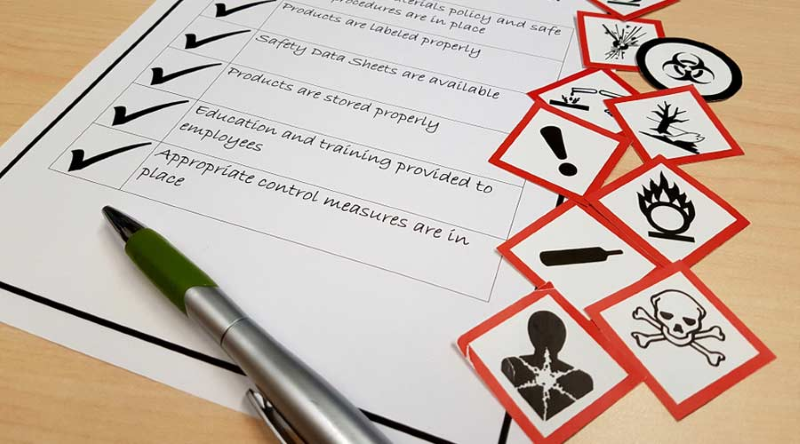



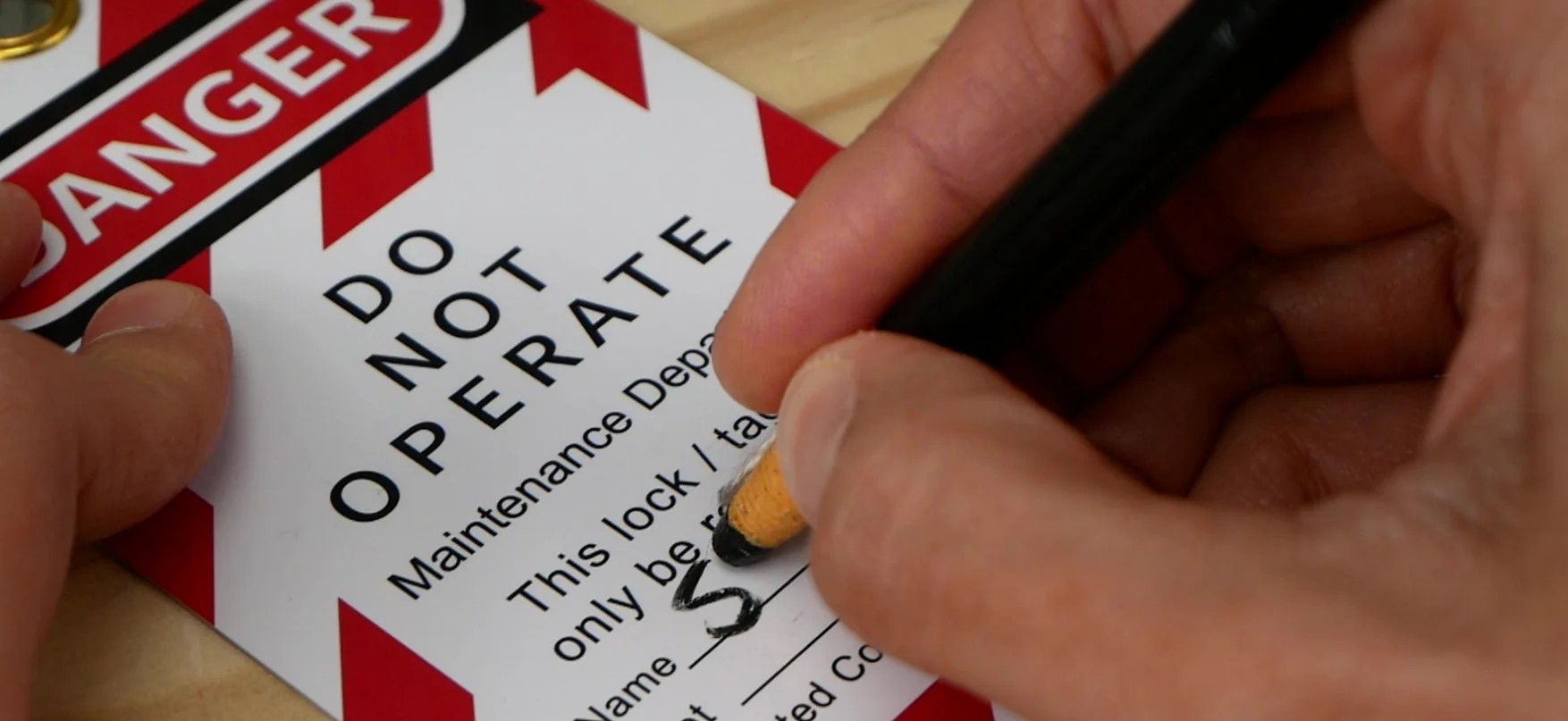
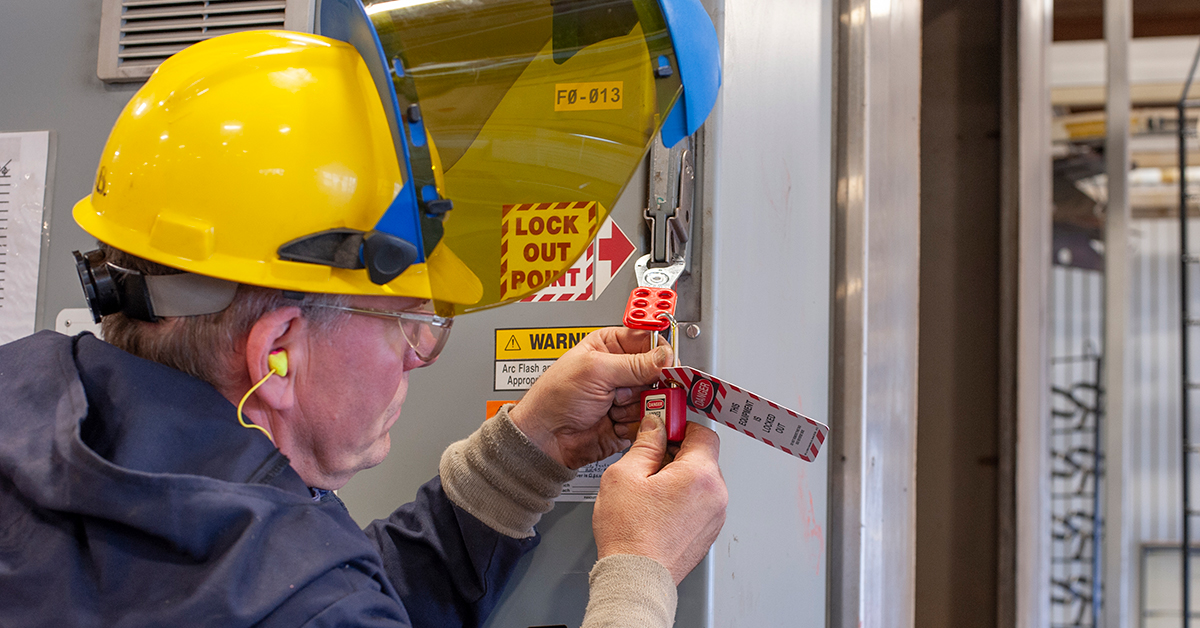



.png)



.png)


.png)




.jpg)




